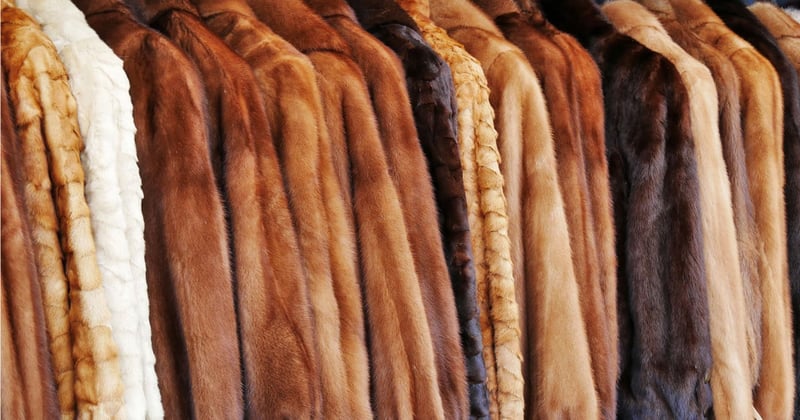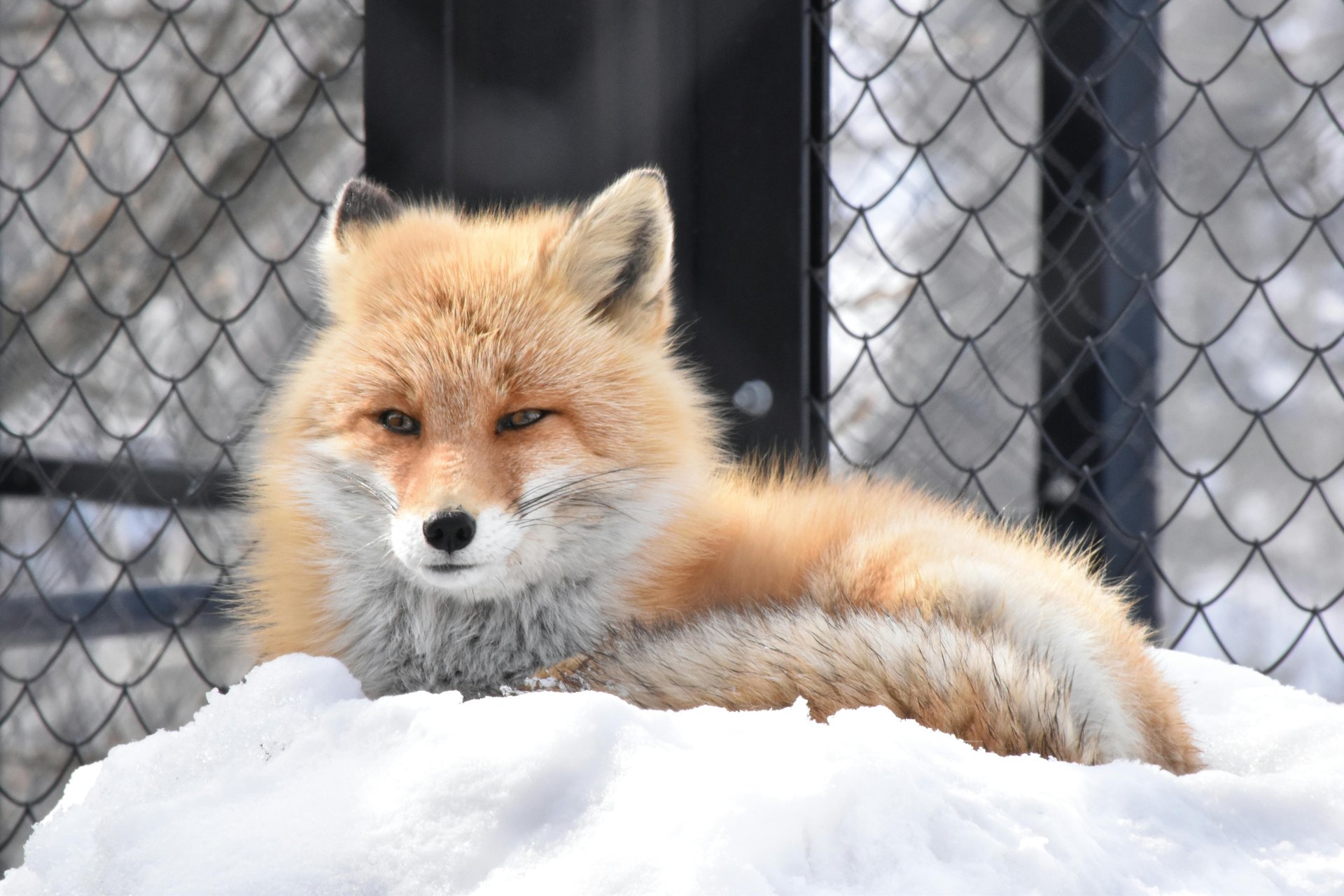
This February’s London Fashion Week (LFW) marked a very special milestone in our Wildlife. Not Fashion campaign as, for the first time, LFW ran with an official fur free policy in place.
Interestingly, one of the key trends fashion reporters identified in the Autumn/Winter 24 collections was the use of FAUX fur.
As LFW trends influence what ends up on the high street, it may well be that we’ll be seeing more faux fur in the shops this year but, while faux fur is definitely the cruelty-free choice, can it still be a sustainable fashion choice?
Is faux fur really faux?
The first potential issue with faux fur is ensuring that it really is faux. Previous investigations have shown retailers selling items of clothing and accessories labelled as faux fur when in fact they were made from real fur.
It’s not illegal in the UK to buy and sell items made from fur. Fur farming has been banned in England and Wales since 2000 and in Scotland and Northern Ireland since 2002, but we are yet to ban the import or sale of farmed fur. Many retailers, however, have fur-free policies in place and the majority of the British public oppose the use of fur in fashion.
Mislabelled items can mean that well-intentioned brands and customers can accidentally end up supporting the cruel fur trade.
The environmental impact of faux fur
The second issue is that faux fur is traditionally made from synthetic fibres such as acrylic, modacrylic, polyester, all of which are types of plastic. Faux fur was originally created as a cheaper alternative to real fur and began using acrylic polymers in the mid-1950s.
Plastic fibres like this are not biodegradable and last for many hundreds of years without breaking down. Synthetic textiles are also a major contributor towards microplastic pollution. However, studies have shown that, despite the environmental problems associated with faux fur, the overall environmental impact of even 5 faux fur coats is significantly less than 1 mink fur coat.
Fur is NOT a ‘natural’ material
The fur industry often claims that fur is a natural and sustainable choice when the reality is that – as well as the brutal confinement and slaughter of sentient animals – fur production involves the use of 45 chemicals and groups of chemicals known as “hazardous agents” in the dressing and dying of fur. The fur industry also uses a lot of energy, pollutes local water sources, and affects the quality of the surrounding soil and air.
Keeping so many animals unnaturally cramped together in poor conditions poses further risks to biodiversity from invasive species and zoonotic disease outbreaks. There is nothing natural or sustainable about fur used for fashion.
Eco-friendly faux fur?
All of the above is a good reminder that as consumers, our choices have consequences – for animals and the environment. The positive news is that the faux fur market is evolving and there are some exciting new approaches and materials which set to improve faux fur’s environmental credentials.
Companies such as BioFluff and Ecopel are exploring the use of plant-based materials and biodegradable polyester to create more environmentally friendly faux furs, while others use salvaged ocean plastics or recycled denim.

How to tell real fur from fake
Distinguishing real fur from fake fur comes down to a couple of key things. Real fur often has naturally tapered tips, while fake fur looks blunter because it's cut. Also, check the backing – real fur feels leathery as it's the animal's skin, while fake fur is attached to woven fabric. Remember, when unsure, it's safer not to buy.
The fur industry often claims that fur is a natural and sustainable choice when the reality is that there is nothing sustainable about fur used for fashion.
Join our community to make a difference.
We campaign to improve the lives of animals in the UK and around the world. Why not join us today?
Image credits: Fox image by Rara Ku